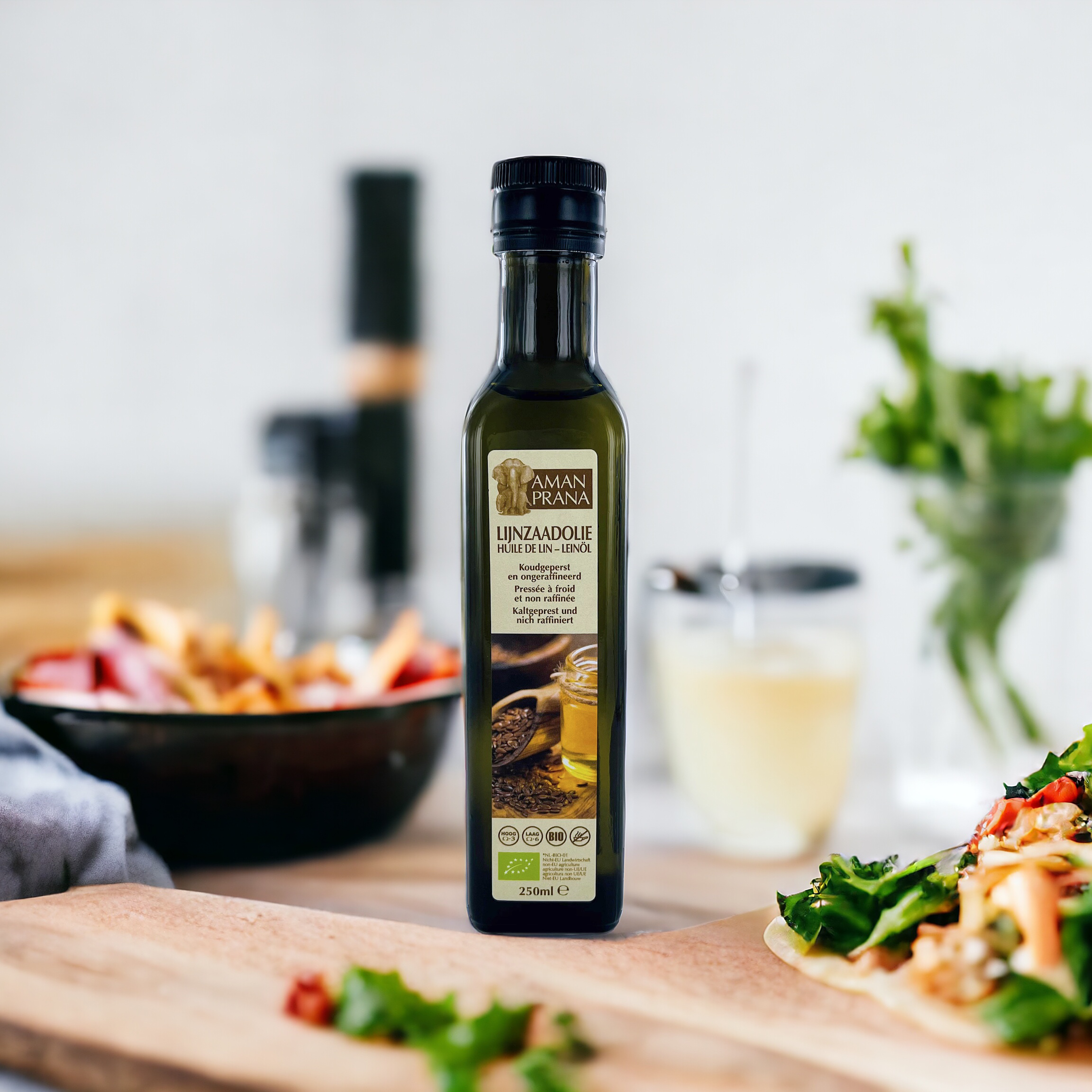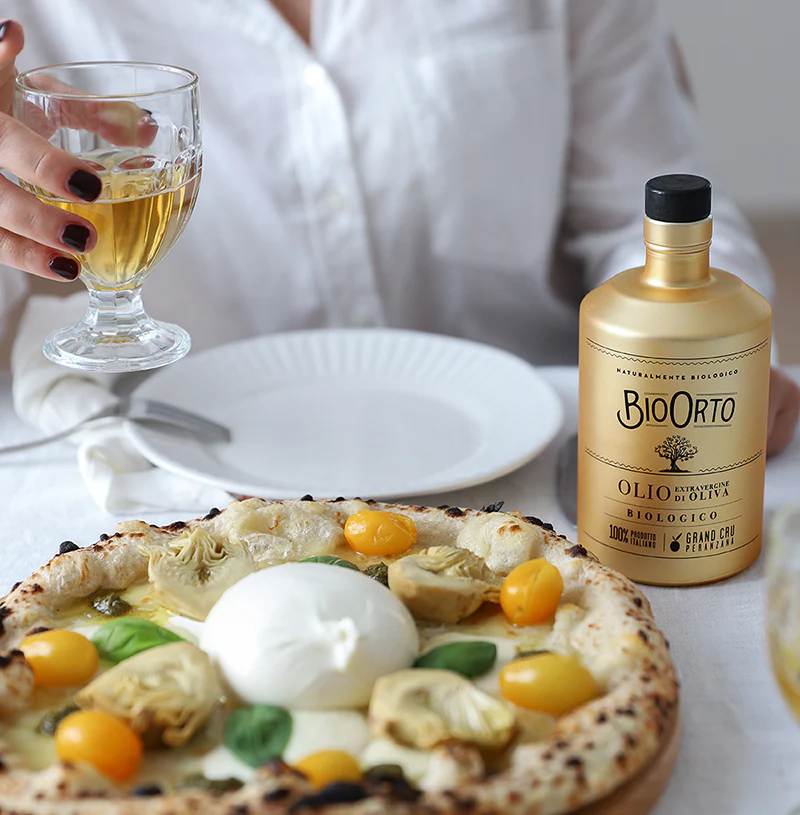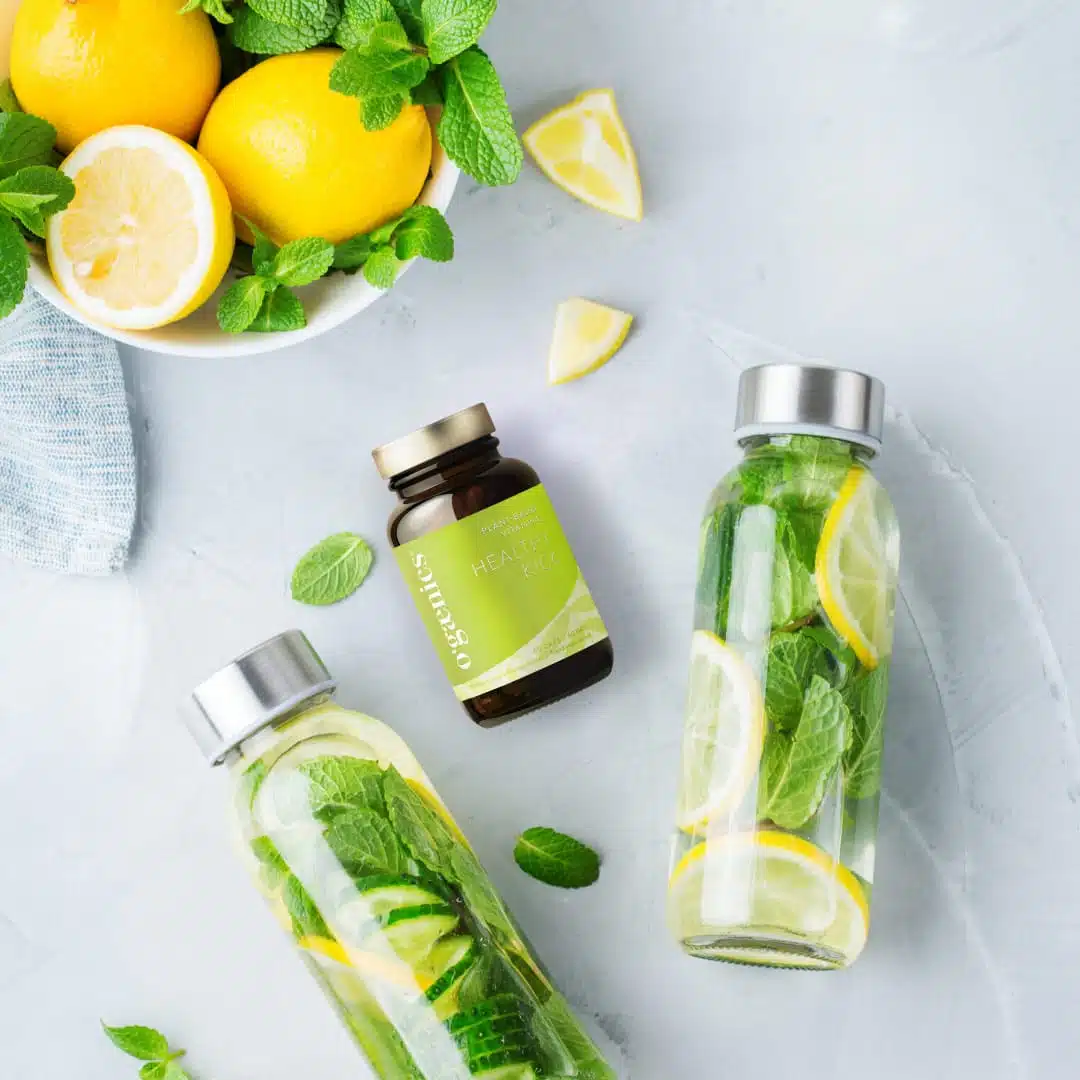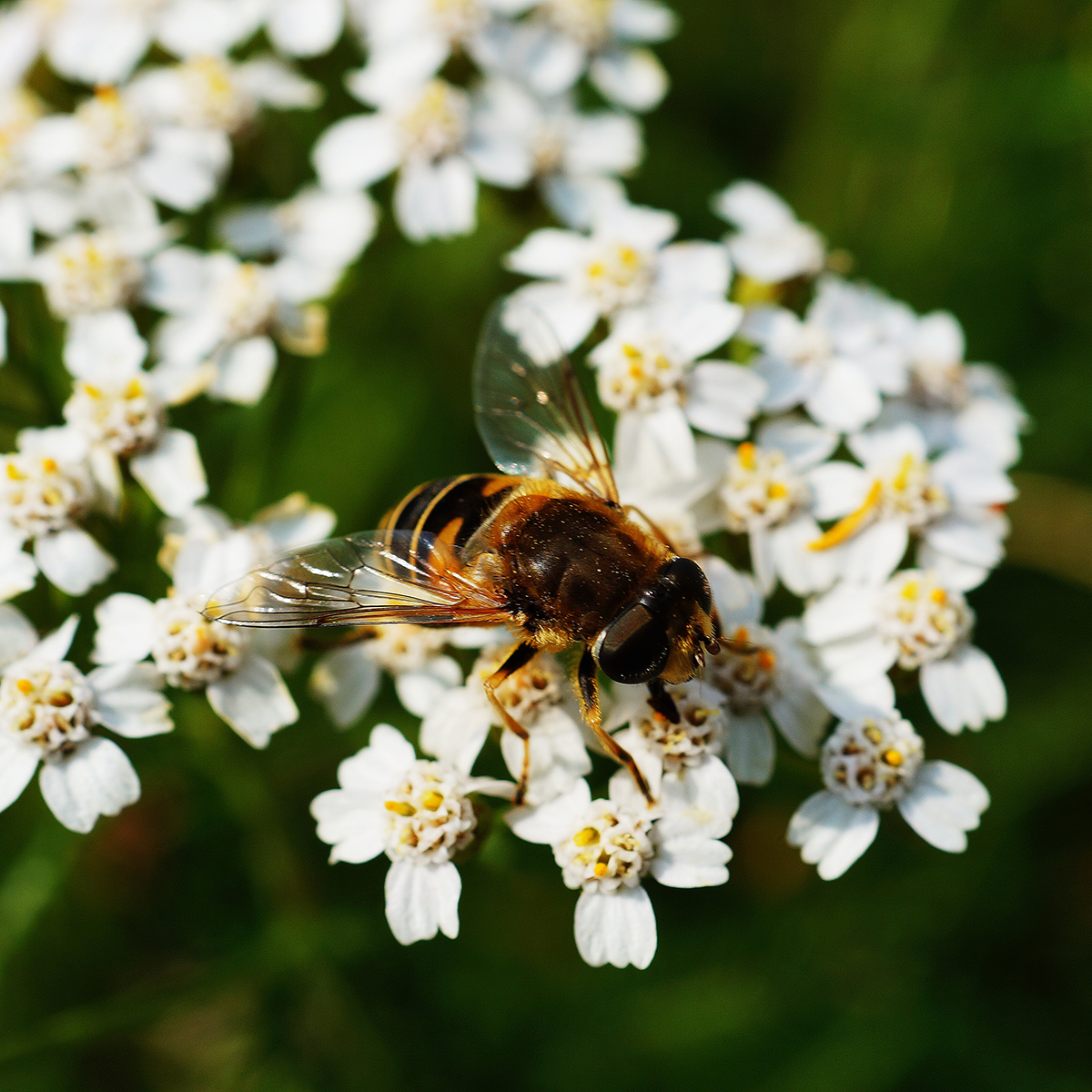
Sunflower oil is becoming scarce and expensive. Don't panic, there are various alternatives that are just as good for making a tasty salad dressing or for deep-frying. We list a few.
For frying
 Sunflower oil is possibly the most missed when frying chips or deep-frying snacks. We always do that in coconut oil! It is a healthy fat that liquefies at around 30°C.
Sunflower oil is possibly the most missed when frying chips or deep-frying snacks. We always do that in coconut oil! It is a healthy fat that liquefies at around 30°C.
Set the deep fryer to a maximum of 180°C, because that is the burning point of coconut oil. If the temperature exceeds this point, the oil will start to smoke, it will have a bad taste and it can even be harmful to your health.
You can use extra virgin coconut oil for frying up to 50 times, if you clean it with a sieve after each use.
For salads and cold dishes
A tasty salad is only complete with a little vinaigrette or salad dressing. We usually use sunflower oil for this, but you can actually replace it with any other vegetable oil.
If you are not so adventurous, it is best to choose a mild oil with a neutral flavour.
On the other hand, you can use certain olive oils, walnut oil or sesame oil to provide extra flavour. Anderzijds kan je met bepaalde olijfoliën, walnootolie of sesamolie juist voor een extra smaakaccent zorgen.
 The olive oil landscape, like that of wine, offers numerous scents and flavours with which you can lift your salads to a higher level. The days of one bottle of olive oil in your cupboard are over. There are several varieties of extra virgin olive oil on the market in smaller bottles that you just buy for their varying refined tastes.
The olive oil landscape, like that of wine, offers numerous scents and flavours with which you can lift your salads to a higher level. The days of one bottle of olive oil in your cupboard are over. There are several varieties of extra virgin olive oil on the market in smaller bottles that you just buy for their varying refined tastes.
A monocultivar, for example, is an olive oil made from one type of olives. You taste the full flavour of that variety. This can be more bitter (as we expect from good olives) or more spicy and tangy.
Arbequina olive oil from Amanprana contains boletus or cep mushrooms. By soaking these mushrooms in olive oil, the oil has acquired their earthy flavour. A culinary delicacy!
For stir-frying and browning
You can stir-fry with rapeseed oil, peanut oil or rice oil. We prefer olive oil that is suitable for hot preparations or coconut oil!
Oil has a burning point or smoke point that varies according to the type of oil. Not all olive oils can be heated just like that. Extra-virgin olive oil is not very good at heating and loses flavour as a result. It is best to reserve this for your salads. Stir-frying and frying are better done with a cheaper olive oil.
Coconut oil has a very high frying point (180 °C) and is therefore ideal for stir-frying, frying or even deep-frying. The coconut taste disappears when the oil becomes hot. There is also deodorised coconut oil if you really don't like the typical flavour.
Note that if you fry meat in coconut oil or olive oil, it may spatter. You can prevent this by first drying the meat with kitchen paper and then rubbing it with the oil.
 It is even better to brown the meat in ghee or clarified butter. Ghee has a much higher combustion temperature (250°C) than butter (130°C), contains hardly any lactose and no casein. It is a healthy fat with a full, subtle nutty flavour.
It is even better to brown the meat in ghee or clarified butter. Ghee has a much higher combustion temperature (250°C) than butter (130°C), contains hardly any lactose and no casein. It is a healthy fat with a full, subtle nutty flavour.
Red palm oil is another alternative that is delicious when stir-fried or used in stews. Palm oil now raises many questions, but unlike white palm fat, which is a waste product, red palm oil is made sustainably from palm fruits. It is rich in nutrients and has a delicious flavour that instantly adds an exotic touch to your dishes.
In cakes, pastries and desserts
 Using sunflower oil in cakes or pastries often produces fluffier results than using butter. No sunflower oil? That's not a disaster. Replace it with a neutral vegetable oil like rapeseed oil, peanut oil or rapeseed oil. Mild olive oil is ideal for savoury pastries and is also delicious with a scoop of vanilla ice cream!
Using sunflower oil in cakes or pastries often produces fluffier results than using butter. No sunflower oil? That's not a disaster. Replace it with a neutral vegetable oil like rapeseed oil, peanut oil or rapeseed oil. Mild olive oil is ideal for savoury pastries and is also delicious with a scoop of vanilla ice cream!
Coconut oil is particularly good in raw snacks such as energy bars or energy balls and can also be used instead of butter. In that case, use 20% less coconut oil than the amount of butter stated in the recipe. Give it a try.















The information below is required for social login
Sign In
Create New Account